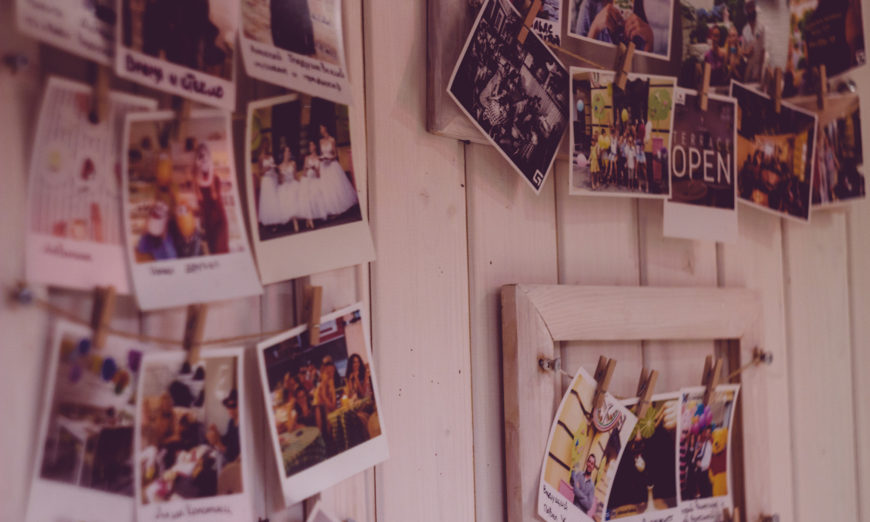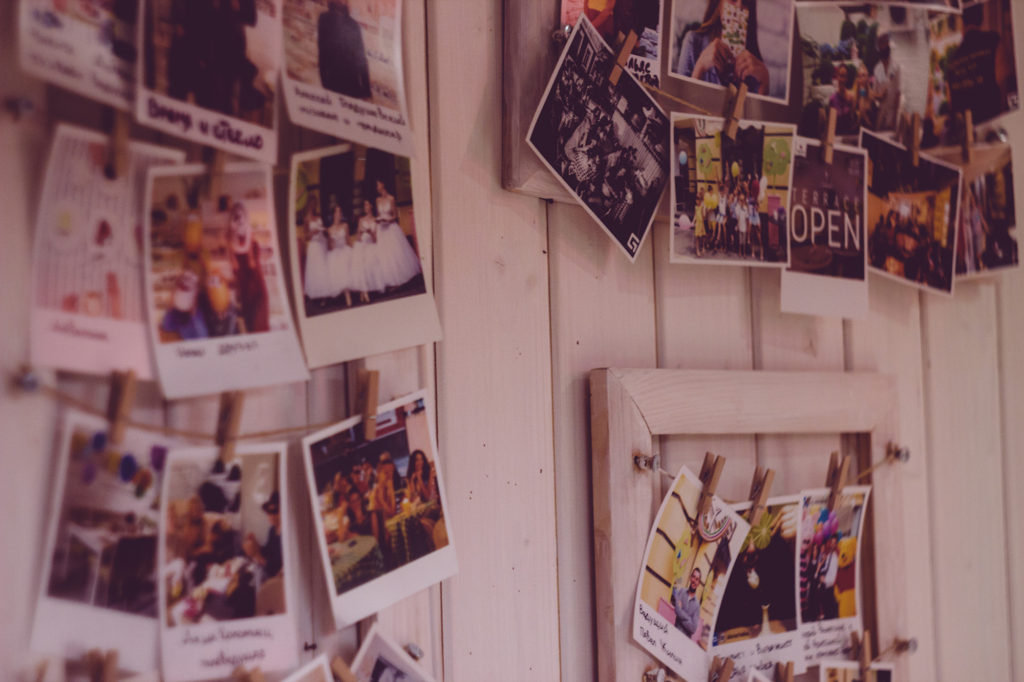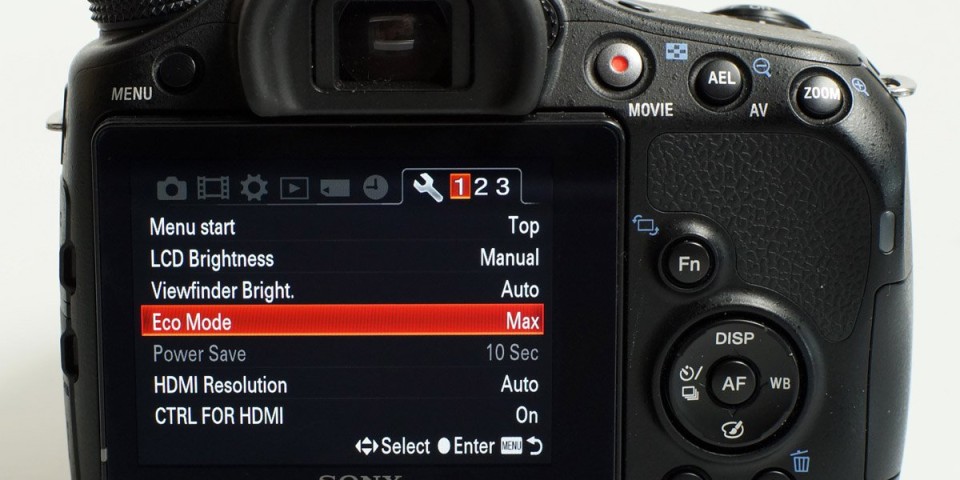Since the advent of smartphones, the number of pictures being taken has skyrocketed. Trillions of pictures have been taken around the world in 2019 alone. At the peak of film cameras, photographers were making only about 80 billion images a year according to Kodak.
This begs the question, what do we do with them?
It’s easy to say, as many do, that the majority are pointless, with little to no meaning. Guess what? The same could be said about film. When I worked part time in a photo store that built its brand on photofinishing, I saw firsthand that 80% of the pictures were of little long term consequence. That’s a number echoed very consistently by analysts. Even if accurate, and for argument, let’s say that it is, it still means that in 2016, there will be 400 billion images that have real value to the makers and the subjects.
According to multiple data sources, including Apple, Google, Yahoo and other providers who offer some amount of free online storage for images, once we fill up the free space, we start deleting. When people upgrade their smartphones every three years or so, well over 60% never restore the photos from the old phone to the new one.
I’m not talking about out of focus images of yesterday’s lunch, I’m talking about photos of your children, your relatives, your family history, your grandparents, your friends, special moments, special events and anything else that makes up who you are. Humans are a visual species and while our minds are incredible, our memories become fragmented, distorted and sometimes impossible to access. What happens to our memories as we age? Where do we go to look back on our lives, to remember, to enjoy and to learn?
When we made fewer photos, each one was valued more. Today, we rarely value a photo for more than a month, many for less than a day, and as soon as we flip past an image a few times, we delete it, to make space for new stuff, or to reduce the time it takes to find other images. Invariably, at some point in the future comes regret because that photo is gone forever. Forget copying to CD-ROMs or DVDs or home Blu-ray media. None of them survive particularly well over decades. Hard drives crash and die, although we can mitigate that with good backup strategies as I’ve covered in other articles.
So what do you do to hang on to your memories?
Your first step is to start cataloguing your images. It doesn’t matter where the image is created or on what device, if the image is worth keeping, it’s worth going into a catalogue. Products like Adobe Lightroom make this very easy! Simply plug your USB drives and/or memory sticks into your Kwilt device at home and save, access and share your photos, videos and other digital files from anywhere. Expand storage as you need by plugging in additional USB drives.
Once you have your catalogue and your image library, you back it up, either locally or on the cloud. – Disks die and fires happen to good folks so be sure to have a backup. . Protect your memories.
Makeake prints! A print, in an album, or on the wall in a frame lasts and lasts. An image, left alone on a hard disk, dies a slow and painful death never to be seen again. I know that I am anthropomorphizing an inanimate collection of bits, but again, the data supports the argument. Even if you don’t have the time or interest in making quality prints at home, you can get prints made through an online photofinishing service such Henry’s Photo Printing or on one of the kiosks at Henry’s locations.
I wrote the last paragraph because having been a photographer myself for over forty years and having studied both photographic and human history, I see what is being lost every day and it is immensely saddening. No matter your age, preserve your memories, so you’ll have them when you need them.
Until next time, peace.



